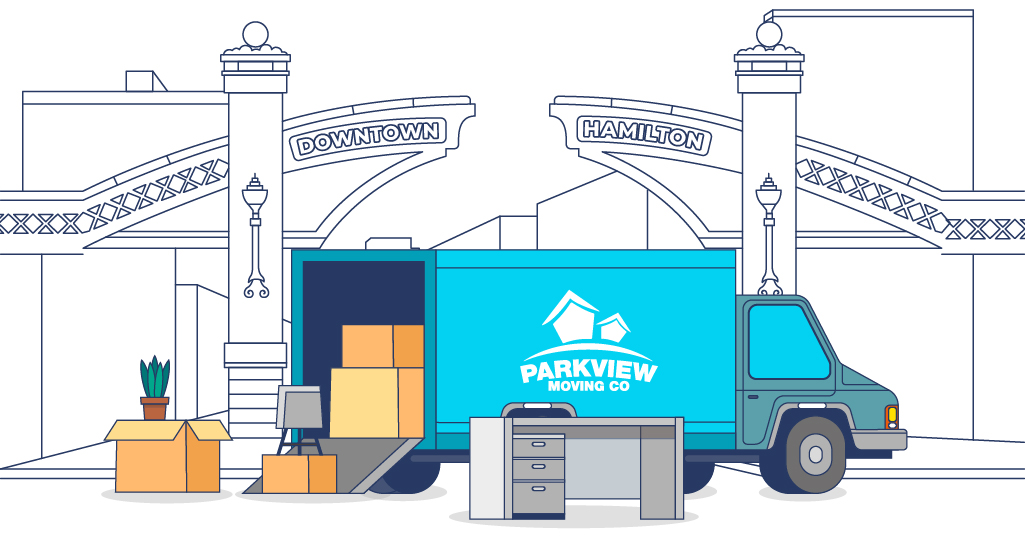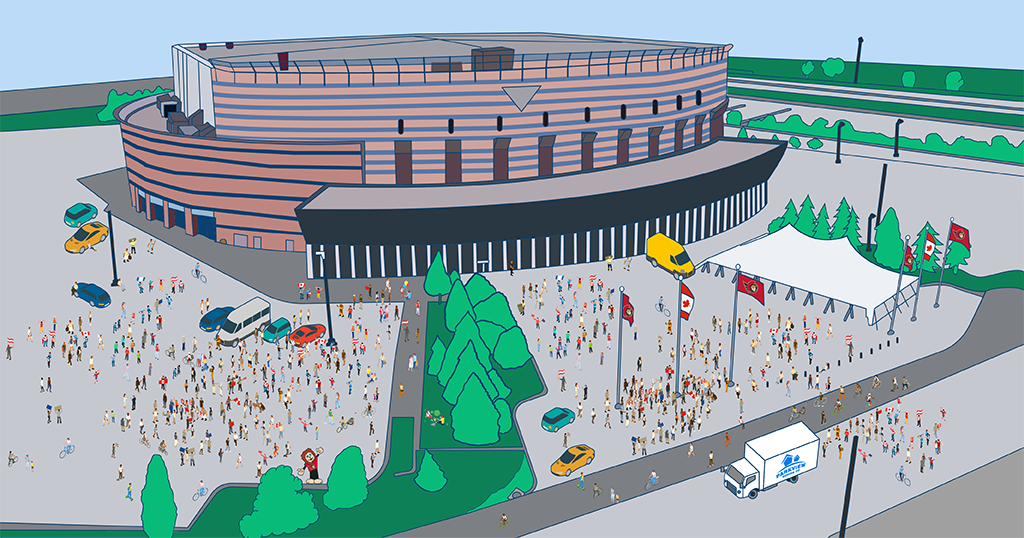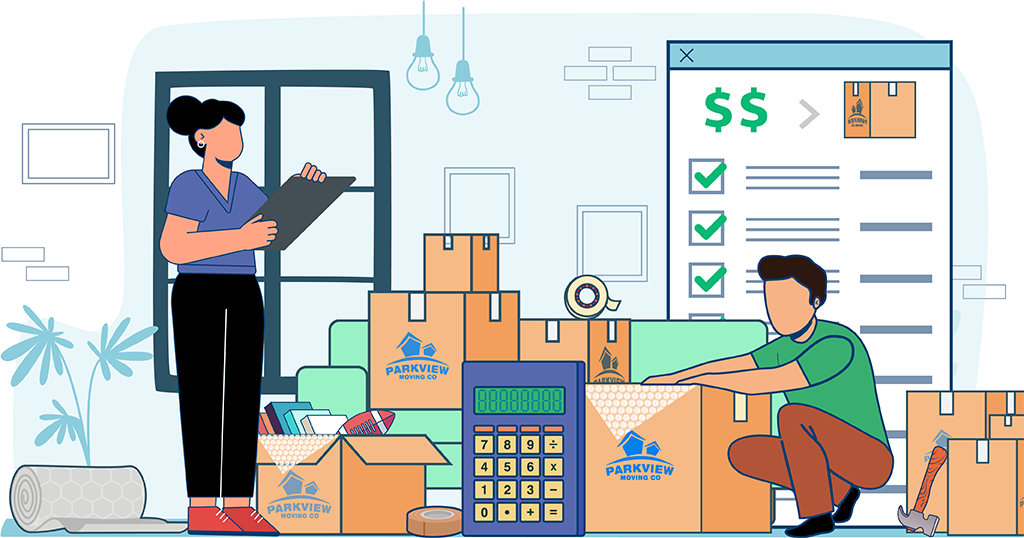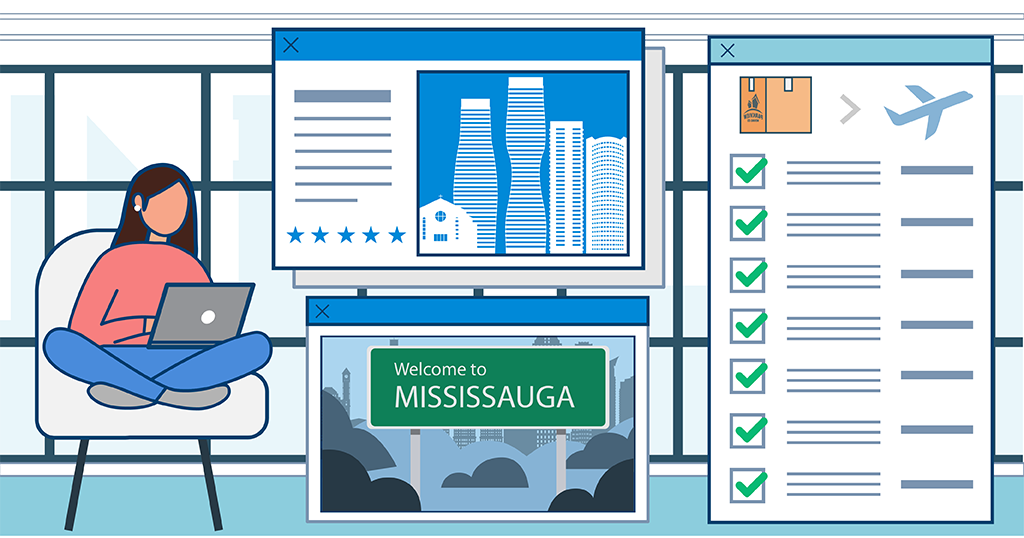
Moving to a new home is an exciting experience, but it also comes with challenges – especially if you’re moving into a smaller space. Downsizing can seem like a tall task but it’s also an opportunity to declutter and simplify your life! The key is to start early and follow a plan. In this guide, we’ll walk you through the steps to a successful downsize, helping you part with unnecessary items while keeping your most valuable possessions.
1. Start Early and Create a Downsizing Plan
Downsizing isn’t a task you want to leave until the last minute. The process of sorting through your belongings, deciding what to keep, donate, or sell takes time and emotional energy. Start at least two months before your move, and set realistic goals for each week. Break down the process room by room so that you’re not overwhelmed.
Tips to Begin Your Downsizing Journey:
- Schedule time each day: Set aside dedicated hours for sorting. This will prevent burnout and ensure steady progress.
- Use a downsizing checklist: A checklist can help you stay organized and focused. List each room and the major categories of items to address (clothing, kitchenware, books, etc.).
- Prioritize frequently used items: Items you use regularly should take priority, while things you rarely touch can go on the list for potential removal.
2. Assess Your New Space for Downsizing Success
Before you start the packing process, get to know the layout of your new home. Whether it’s an apartment, condo, or smaller house, knowing how much storage space you have is super important. Measure each room, including closet space, cabinet capacity, and square footage. By doing this, you’ll have a clear picture of what furniture and decor will fit comfortably, and what you may need to part with. There’s nothing worse than showing up on moving day only to realize your favourite couch won’t fit in the living room.
How to Evaluate Your New Living Space:
- Get floor plans: If available, request or download floor plans for your new space. This will help you visualize where your current furniture could go.
- Consider storage solutions: If your new home has limited storage space, think about adding items like shelving units or under-bed storage, but be mindful not to clutter your space.
3. Declutter and Organize Room by Room
Decluttering. The word everyone hates to hear. This step is arguably the most challenging part of downsizing – but also the most rewarding. Approach each room with a system, sorting items into three categories: keep, donate/sell, and discard. The goal is to eliminate anything that no longer serves a purpose in your life or won’t fit in your new space.
Key Questions for Successful Decluttering:
- Do I use this regularly? If the item hasn’t been used in the past year, it’s a good candidate for donation.
- Does it have sentimental value? Sentimental items can be the hardest to let go of. Consider keeping a few key items but limit the amount to what you can store comfortably.
- Is this still in good condition? Items that are broken, damaged, or outdated should be discarded.
4. Sell or Donate Unwanted Items to Simplify Your Move
Once you’ve identified items that no longer serve you, you can either sell or donate them. Selling unused items can even help you offset some moving costs. There are plenty of online platforms to sell items locally, including Facebook Marketplace, Kijiji, or apps like Poshmark.
For items that don’t sell, consider donating them to charities, local shelters, or thrift stores. Many organizations even offer pickup services for large items like furniture.
Top Items to Sell for Extra Cash:
- Furniture: If you’re downsizing into a smaller space, some of your larger pieces may not fit. Furniture sells well, especially if it’s in good condition.
- Electronics: Unused electronics, especially kitchen gadgets, can also bring in some extra cash.
- Clothing: High-quality or designer clothing that you no longer wear can be resold on platforms like Poshmark or eBay.
Best Items to Donate for a Fresh Start:
- Gently used clothing and shoes
- Home goods and small appliances
- Toys and books
5. Digitize Documents and Photos to Declutter Efficiently
In our digital world, there’s less need to keep hard copies of documents, photos, and even books. Digitizing can help you eliminate paper clutter and save valuable storage space. There are so many good scanning apps out there like CamScanner, Genius Scan, and Simple Scanner so pick one and take the time to upload important documents and cherished photos to the cloud or an external hard drive.
Important Items to Digitize for a Clutter-Free Move:
- Old photographs: Instead of keeping physical albums, scan your favorite photos and store them digitally.
- Important documents: Tax records, insurance papers, and legal documents can all be saved digitally and backed up for easy access.
- Music, movies, and books: Consider selling or donating physical copies and switching to digital formats, especially for items you don’t use frequently.
6. Maximize Small Spaces with Multifunctional Furniture
If you’re moving into a smaller home, consider investing in furniture that serves more than one purpose. Multifunctional furniture can maximize space while giving you storage options.
Smart Furniture Choices for Small Living Spaces:
- Sofa beds: These are perfect for homes without a guest room, providing a bed for visitors while serving as a regular couch.
- Ottomans with storage: Great for hiding blankets, pillows, or other items you want out of sight.
- Fold-out tables: If you’re tight on space, a fold-out dining table can give you room when needed but save space otherwise.
7. Consider Temporary Storage for a Flexible Downsizing Plan
If you’re not quite ready to part with certain items, or you’re unsure about some of your larger belongings, renting a storage unit may be a short-term solution to consider. Storage units allow you to hold onto those items you’re unsure about until you decide what to do with them. Be sure to do your research on storage units as they can become quite costly!
When Storage Solutions Make Sense During Downsizing:
- If you’re between homes: Moving into a temporary space before finding your next home might require storage for larger items.
- For seasonal items: Holiday decorations, summer sports gear, or winter clothing can be stored away for future use.
8. Use Photos for a Fresh Perspective on Downsizing
Sometimes, seeing your home through a different lens can help you make decisions about what to keep and what to let go of. Taking photos of each room can give you a more objective view of your belongings and highlight areas that may be overcrowded or cluttered. This can also help when you’re trying to imagine how your furniture will fit into your new home.
9. Maintain a Minimalist Mindset After Downsizing
Downsizing isn’t just a one-time task — it’s a mindset. Once you’ve completed your move, try to maintain your streamlined lifestyle by regularly assessing your belongings. Avoid the temptation to re-clutter your new space by only bringing in items that serve a purpose or truly add value to your life.






